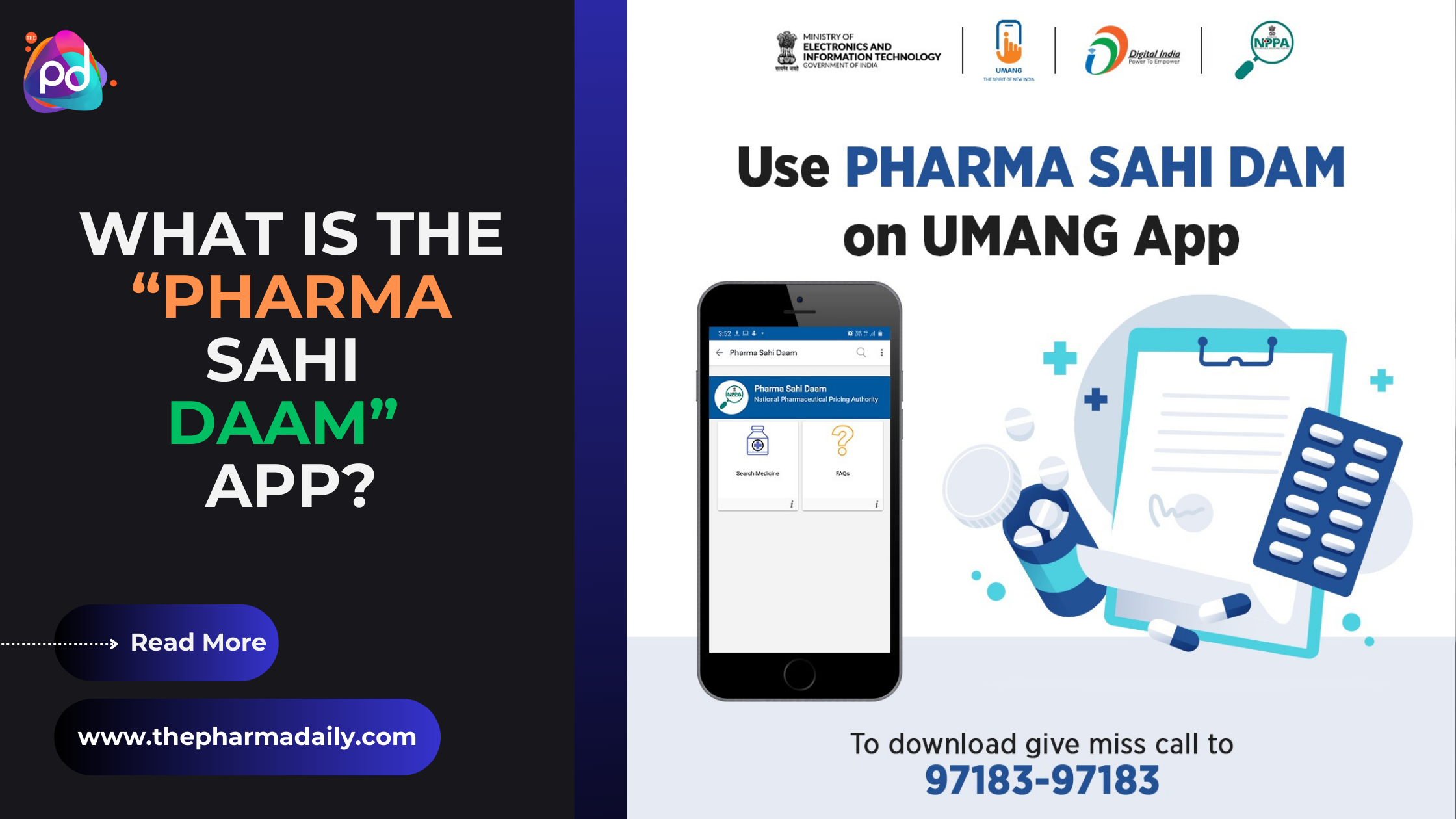Pharma Sahi Daam App: Revolutionizing Medicine Price Transparency in India
Application of NLP in Pharmacovigilance: Revolutionizing Drug Safety
In the ever-evolving field of healthcare, the safety and efficacy of pharmaceuticals remain paramount. Pharmacovigilance plays a crucial role in ensuring the well-being of patients by monitoring and evaluating the effects of medicines post-marketing. With the advent of Natural Language Processing (NLP), the realm of pharmacovigilance is witnessing a transformative shift, enhancing both the efficiency and accuracy of drug safety monitoring. In this blog, we delve into the pivotal application of NLP in pharmacovigilance, uncovering its benefits, challenges, and future prospects.
Introduction to Pharmacovigilance and NLP 📊
Pharmacovigilance is the science and activities related to the detection, assessment, understanding, and prevention of adverse effects or any other drug-related problem. The traditional methods of pharmacovigilance have relied heavily on manual processes, which are not only time-consuming but also prone to human error.
Natural Language Processing (NLP), a branch of artificial intelligence (AI), enables computers to understand, interpret, and generate human language in a valuable way. NLP applications range from sentiment analysis to chatbots, and its integration into pharmacovigilance is revolutionizing how adverse drug reactions (ADRs) are identified, reported, and analyzed.
Challenges in Pharmacovigilance 🚧
Pharmacovigilance faces the daunting task of monitoring and evaluating data from various sources, including clinical trial data, medical literature, and patient reports. The sheer volume and complexity of this data, much of which is unstructured text, pose significant challenges:
- Data Overload: With the exponential growth of biomedical literature and patient-generated data, manually reviewing all relevant information becomes impractical.
- Detection of ADRs: Identifying new or rare ADRs from vast datasets is like finding a needle in a haystack.
- Reporting Quality: The variability in the quality and detail of adverse event reports complicates the detection and analysis of ADRs.
Understanding NLP in Pharmacovigilance 🧠
Natural Language Processing (NLP) stands at the intersection of computer science, artificial intelligence (AI), and linguistics. It enables machines to understand, interpret, and generate human language in a meaningful way. In the context of pharmacovigilance, NLP is a groundbreaking tool that sifts through vast amounts of unstructured data to identify potential adverse drug reactions (ADRs), ensuring patient safety and well-being.
Enhancing ADR Detection and Reporting 🔍
One of the primary applications of NLP in pharmacovigilance is the automated detection and reporting of adverse drug reactions. NLP algorithms can sift through vast amounts of unstructured data—such as electronic health records (EHRs), social media posts, and literature—to identify potential ADRs. This not only accelerates the detection process but also uncovers ADRs that might go unnoticed through traditional pharmacovigilance methods.
Case Narratives Simplification
NLP tools can process and simplify complex case narratives, making it easier for pharmacovigilance professionals to extract relevant information quickly. By automating the extraction of key data points from narratives, NLP reduces the workload and allows for more efficient data analysis.
Streamlining Literature Review 📚
The review of scientific literature is a critical component of pharmacovigilance. NLP facilitates the automated screening and analysis of vast amounts of literature to identify relevant reports of ADRs. This automation significantly reduces the time and effort required for literature review, enabling faster response times to potential safety issues.
Enhancing Signal Detection 📡
Signal detection in pharmacovigilance involves identifying previously unknown or incompletely documented ADRs. NLP algorithms can enhance signal detection by analyzing diverse data sources and identifying patterns that may indicate a new safety concern. By leveraging NLP, pharmacovigilance teams can proactively address safety signals before they pose a significant risk to patients.
Challenges and Limitations ⚠️
Despite its benefits, the application of NLP in pharmacovigilance faces several challenges. These include the complexity of natural language, the quality and variability of data sources, and the need for sophisticated algorithms that can accurately understand and interpret medical terminology. Furthermore, ethical and privacy concerns regarding the use of patient data for NLP analysis must be carefully managed.
NLP to the Rescue 🦸
NLP technologies address these challenges head-on by automating the extraction and interpretation of relevant data from text-based sources. Here's how NLP is making a difference:
Automated ADR Detection 🕵️
NLP algorithms can scan through electronic health records (EHRs), social media posts, and other digital platforms to detect mentions of potential adverse drug reactions. This real-time monitoring allows for the early detection of ADRs, even those that are rare or previously unknown.
Enhanced Data Analysis 🔍
By structuring unstructured data, NLP facilitates more sophisticated analyses. It enables the aggregation and synthesis of information from diverse sources, providing a comprehensive view of drug safety profiles.
Improved Reporting Quality ✍️
NLP can help standardize the reporting of adverse events by extracting key information from free-text sources and classifying it according to predefined criteria. This improves the quality and consistency of data available for pharmacovigilance activities.
The Future of NLP in Pharmacovigilance 🚀
The future of NLP in pharmacovigilance is promising, with ongoing advancements in AI and machine learning technologies. Continued innovation is expected to overcome current limitations, leading to more sophisticated and accurate NLP tools. These advancements will further enhance the ability of pharmacovigilance professionals to safeguard public health. The future of NLP in pharmacovigilance is bright, with ongoing advancements in AI and machine learning promising even more sophisticated tools for drug safety monitoring.
As NLP technologies continue to evolve, we can expect:
- Greater Accuracy: Improved algorithms will enhance the precision of ADR detection and adverse event reporting.
- Deeper Insights: Advanced NLP models will offer deeper insights into drug safety data, facilitating more informed decision-making.
- Enhanced Patient Safety: Ultimately, the application of NLP in pharmacovigilance will lead to safer drug use, with timely identification and management of potential risks.
Conclusion ✅
The application of NLP in pharmacovigilance represents a significant leap forward in the field of drug safety monitoring. By automating and enhancing various aspects of pharmacovigilance, NLP not only improves the efficiency and accuracy of ADR detection but also holds the potential to save lives by ensuring the safer use of medicines. As we look to the future, the integration of NLP into pharmacovigilance will undoubtedly continue to evolve, playing a crucial role in the advancement of healthcare.












